In spite of being a household name in the private education industry, Education Co was struggling with declining profits and student enrolment over the last four years. Meanwhile, its competitors were catching up with newer facilities and fresh entries to the market. The company needed to boost its profitability while remaining true to its purpose of delivering holistic education. PEMANDU Associates dove in to deconstruct the problem and find the best solutions to meet their objectives.
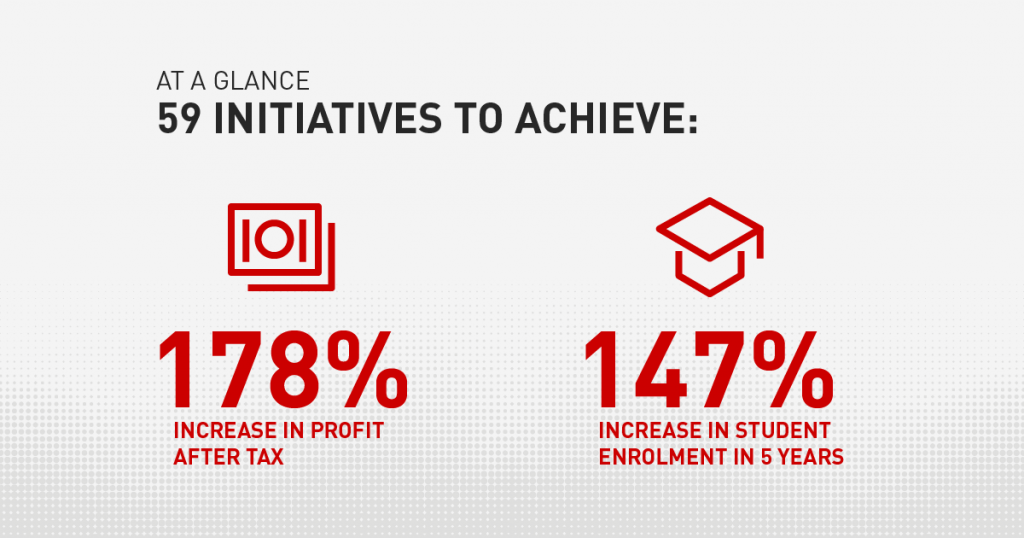
The Story
As one of the private oldest education providers, Education Co had maintained its strong brand heritage through decades of operations, with its university ranked among the Top Tier of Private Higher Education Institutions in its country of operations, and the Top 250 universities the QS: Asia University Ranking. The company’s operations now span business units across a university, college and schools.
Despite its reputation for academic excellence, the company’s net profits had been declining at a 5.1% CAGR over the last four years:
- Student enrolment, the key driver of revenue, had dropped by 23% overall due to a decline in university and college students.
- Capacity utilisation also declined as a result, with their university operating at 73% capacity and college at 52% capacity.
- Group operating costs had been escalating.
Out of the three business units, its college operations in particular had suffered, risking insolvency in two years if it continued operating in the status quo.
PEMANDU Associates was tasked to employ its Big Fast Results (BFR) – 8 Steps of Transformation Methodology© to help the company achieve a quantum leap in their profitability.
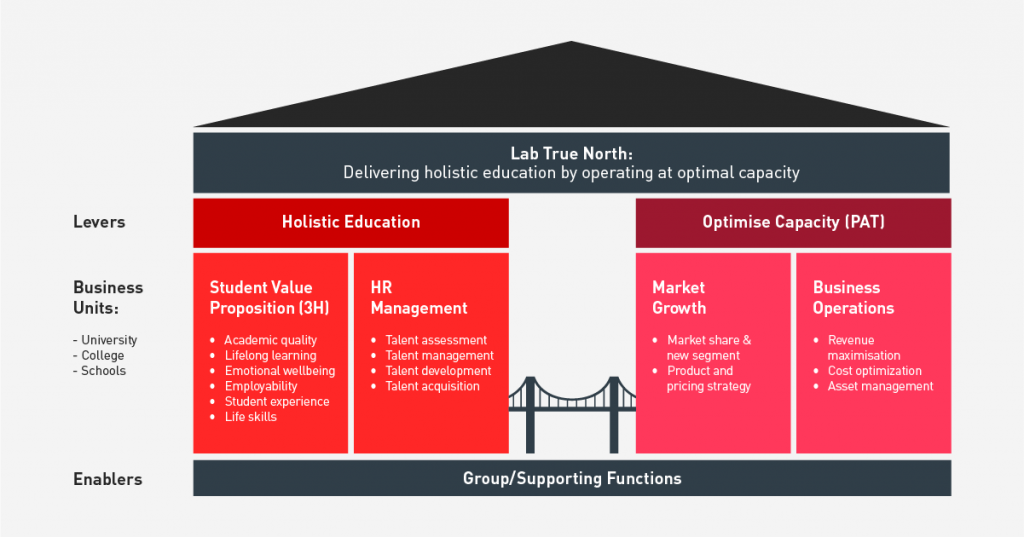
Our Approach
Over the course of six weeks, PEMANDU Associates undertook the following steps:
1. Establishing the Lab’s True North
The True North sets out the overarching goal that aligns all the initiatives identified at the labs. At a Strategic Management Workshop involving the CEO and key decision makers, the True North was determined as: “Delivering holistic education by operating at optimal capacity to achieve the targeted profit by 2020.” Success in optimising capacity and profitability would validate Education Co’s value proposition of delivering “whole life education”.
2. Structuring the Lab to support the True North – Workstreams
The True North was broken down into two focus areas for the labs:
a) Holistic Education – Fulfilling its value proposition
To ensure that holistic education relates to tangible outcomes, a framework was developed to clearly define the delivery of holistic education for the organisation
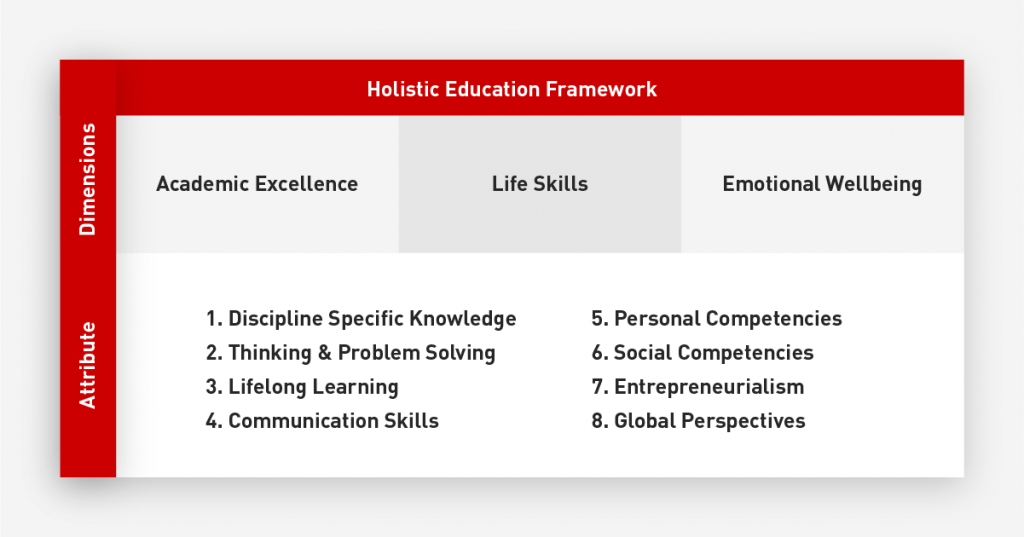
b) Capacity Optimisation – Achieving this requires a function of:
- Market growth: Market share and expansion into new segments
- Business opportunities: Revenue maximisation, Cost optimisation and Asset management
3. Landscape analysis
This would benchmark Education Co against their competitors in the industry. A study of the industry landscape revealed:
- University – Priced at a premium but perceived to deliver lower value
- In the tough economic climate, affordability was the top consideration for student enrolment. While the university had excellent academic reputation, it lacked differentiation to support its premium pricing. Thus, Education Co must enhance the delivery of its value proposition
- The university lacked partnerships with strong international education institutions to support their programme
- Insufficient programmes to cater for future areas of opportunities
- College – A 5-year decline due to a static business model that did not respond to increasing competition
- Shifting market demand as students preferred foundation programmes compared to the limited pre-university offerings at the college
- International schools began offering A-Level programmes, capturing school-leavers who were traditionally the college’s target market base
- Competitors were offering lower prices and better facilities
- Schools – A risk of 60% oversupply in the market due to new competition
- The number of schools had increased by 124% since the liberalisation of the market five years ago
- New global players and developers were entering the market
4. Internal assessments
To have an in-depth understanding of its operations, the business streams mapped out their programmes based on Gross Profit (GP) Margin vs. Capacity Utilisation (CU). This enabled a high-level assessment of the appropriate strategic action for each programme:
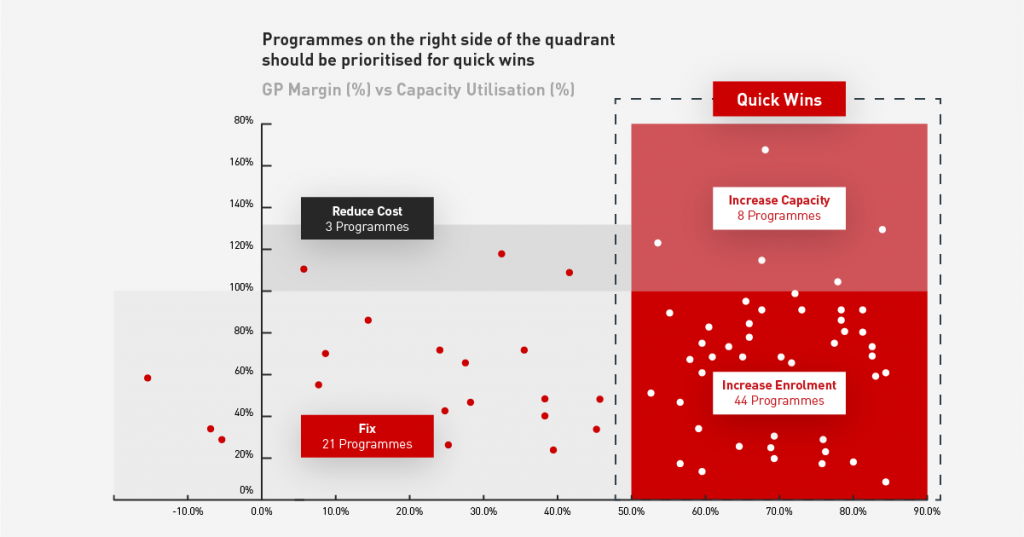
The mapping revealed:
- 80% of the university’s gross profits were contributed by its top 20% programmes. Thus, Education Co should optimise capacity for these top performing programmes.
- Half of the university’s programmes appear unprofitable.
- Further analysis showed that cost per student rose to 49% of revenue, mainly driven by facility management costs
5. Identifying key initiatives and opportunities to achieve the True North
This final step began with brainstorming by workstreams for ideas to achieve the True North. These ideas were then prioritised according to their potential impact and related issues. Prioritised initiatives were fully developed into detailed implementation plans, outlining the action items and timelines, persons in charge, the stakeholders involved, resources required and potential issues and mitigation plans. Based on these plans, the initiatives underwent a final prioritisation assessment according to their overall impact on the True North and feasibility of implementation.
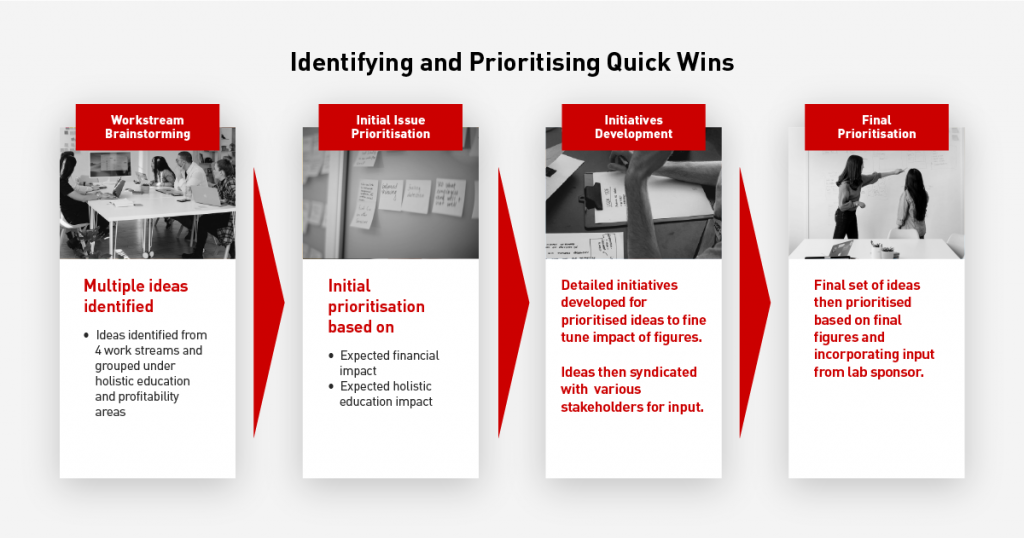
The solution: Key recommendations
59 initiatives were developed and prioritised for Education Co across several key areas. Among the key initiatives were:
- Holistic Education: To enhance the delivery of the value proposition
- Integration of holistic education competencies and attributes into teaching and learning curriculum across the group
- Establishment of a regional centre of excellence of holistic education
- Industry immersion for real world experience. The university will create a full-fledged business to allow hands-on working experience for students
- Partnerships with established international institutions for training programmes
- Upskilling the current teaching staff and recruiting next generation teachers familiar with constructivist and social learning
- Enhancing student living experience by providing better options for economical food, parking and conducive spaces
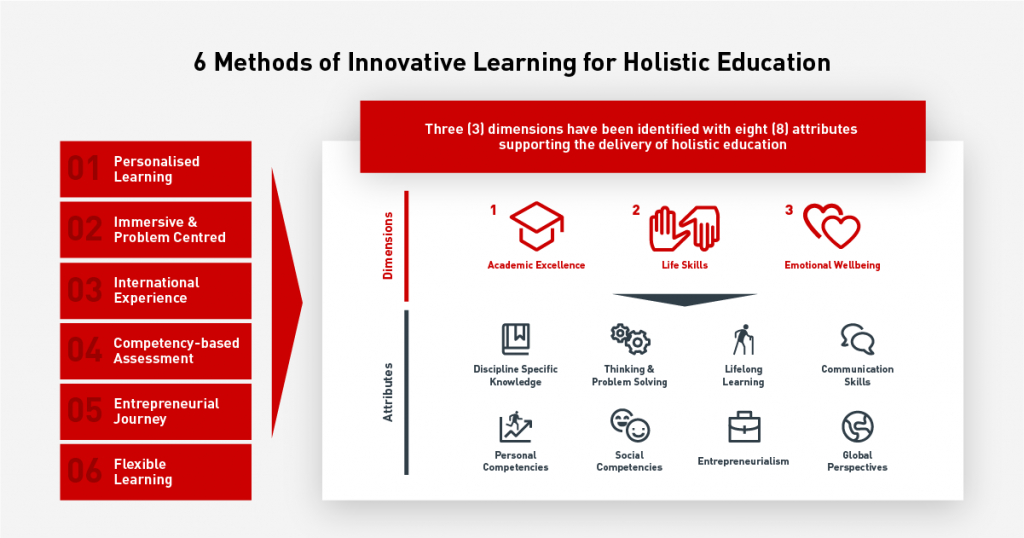
- Optimising capacity across all business units
- Prioritising the university’s top 24 programmes
- Offering scholarships to compete with lower tuition fees
- Expanding product offering to attract different demographics, such as night classes for working adults, certifications and short courses
- Programme bundling for greater value
- Activating alternative revenue streams
- Renting out physical space and facilities for trainings, conferences and meetings with a package deal
- Opening for advertisements at the grounds
- Franchising popular programmes with established education institutions in countries with unmet demand
- Establishing satellite learning centres in other states with high demand
- Cost optimisation
- Streamlining support functions and enforcing a cost ratio by pegging support costs to % share of revenue
- Rationalising utilities cost
- Streamlining academic offerings by merging common modules
- Closing unprofitable programmes
- Enablers
- Developing business intelligence strategy and data analytics to target the right market with right strategy, to potentially increase sales by 20%
- Setting realistic budgets for sales & marketing
- Campus redevelopment for more flexible facilities required for new programmes
- Robust governance and coordination led by the Transformation Management Office to ensure the delivery of recommendations, thus enabling business units to focus on delivering holistic education
The outcome
The initiatives developed at the lab aimed to yield an increase in profit after tax by 178% in 5 years:
- Turning profits from a projected loss in the year
- Increasing student enrolment by 147%
- Increasing capacity utilisation from 33% to 99%
Providing quality education to generations of students is no easy task. Faced with competition from newer institutions, Education Co sought to boost its profitability while still remaining true to its mission of delivering holistic education.
By performing a landscape analysis and company-wide internal assessment, PEMANDU Associates was able to identify certain projects that could be turned into quick wins and deliver the lab’s true north – enabling Education Co to deliver holistic education by operating at optimal capacity to achieve the targeted profit by 2020.


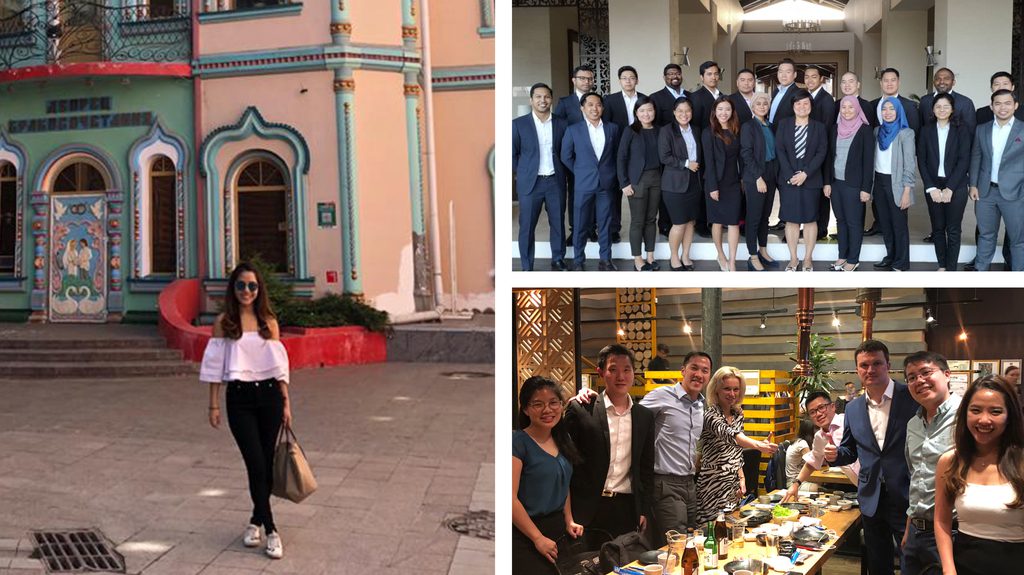


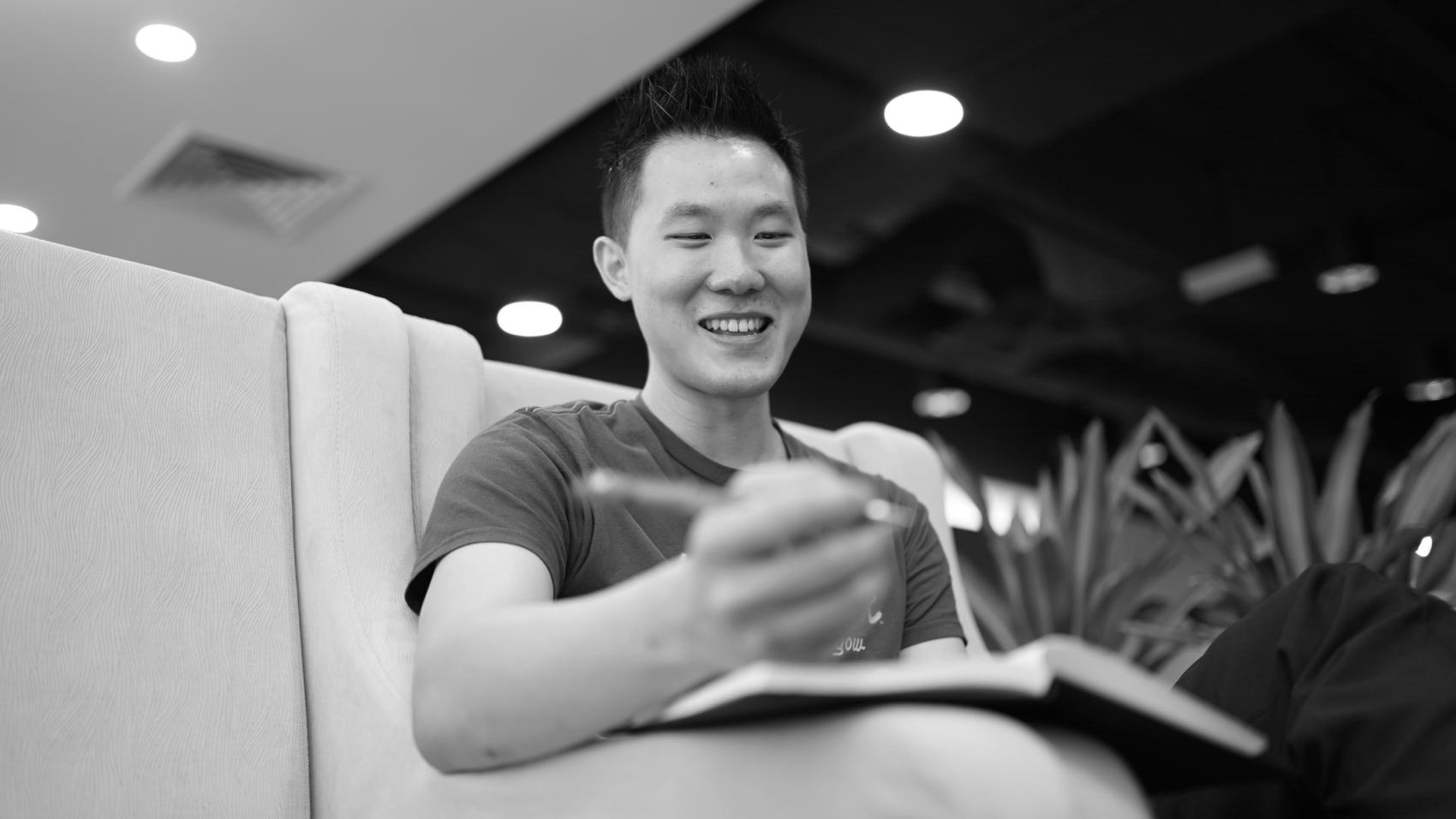


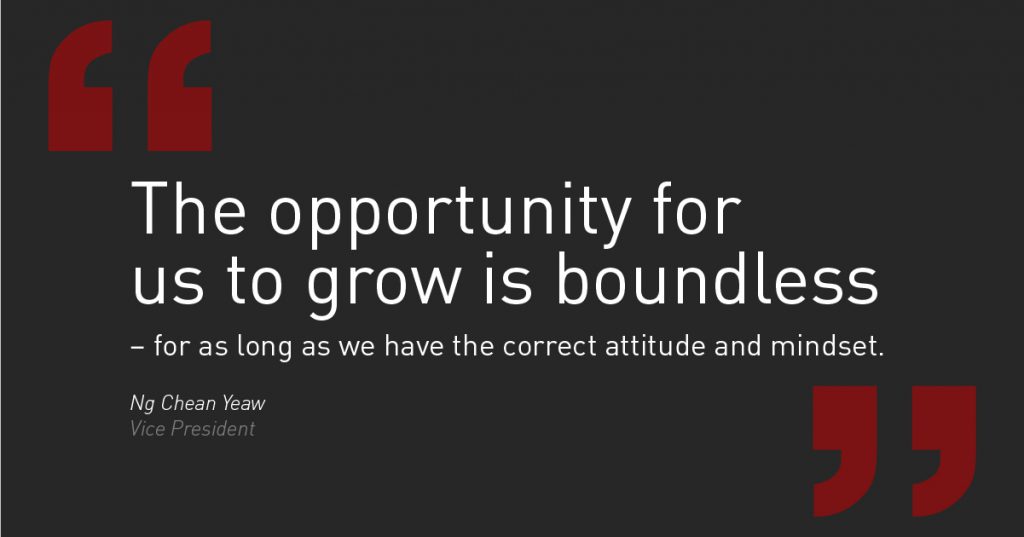
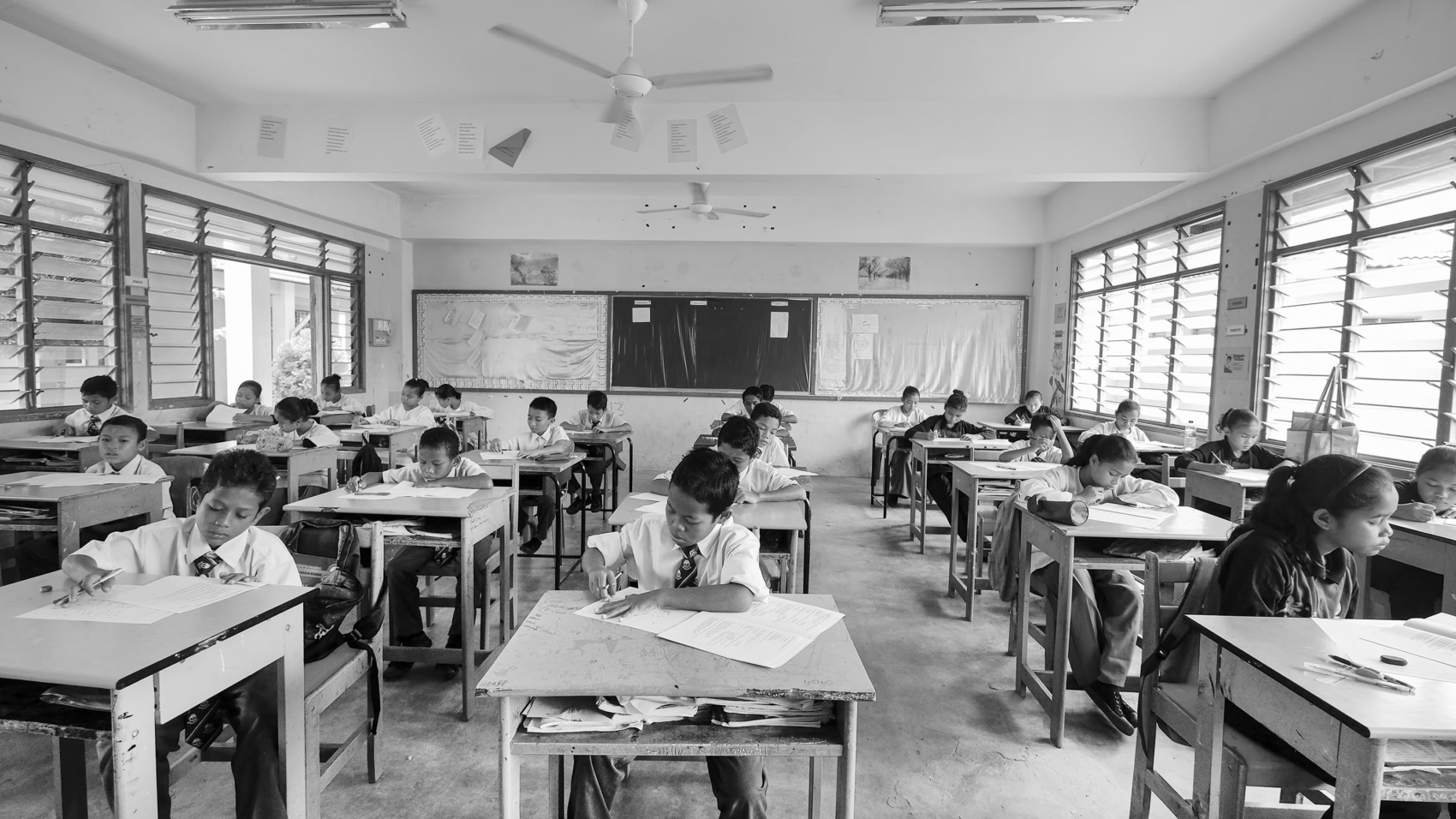

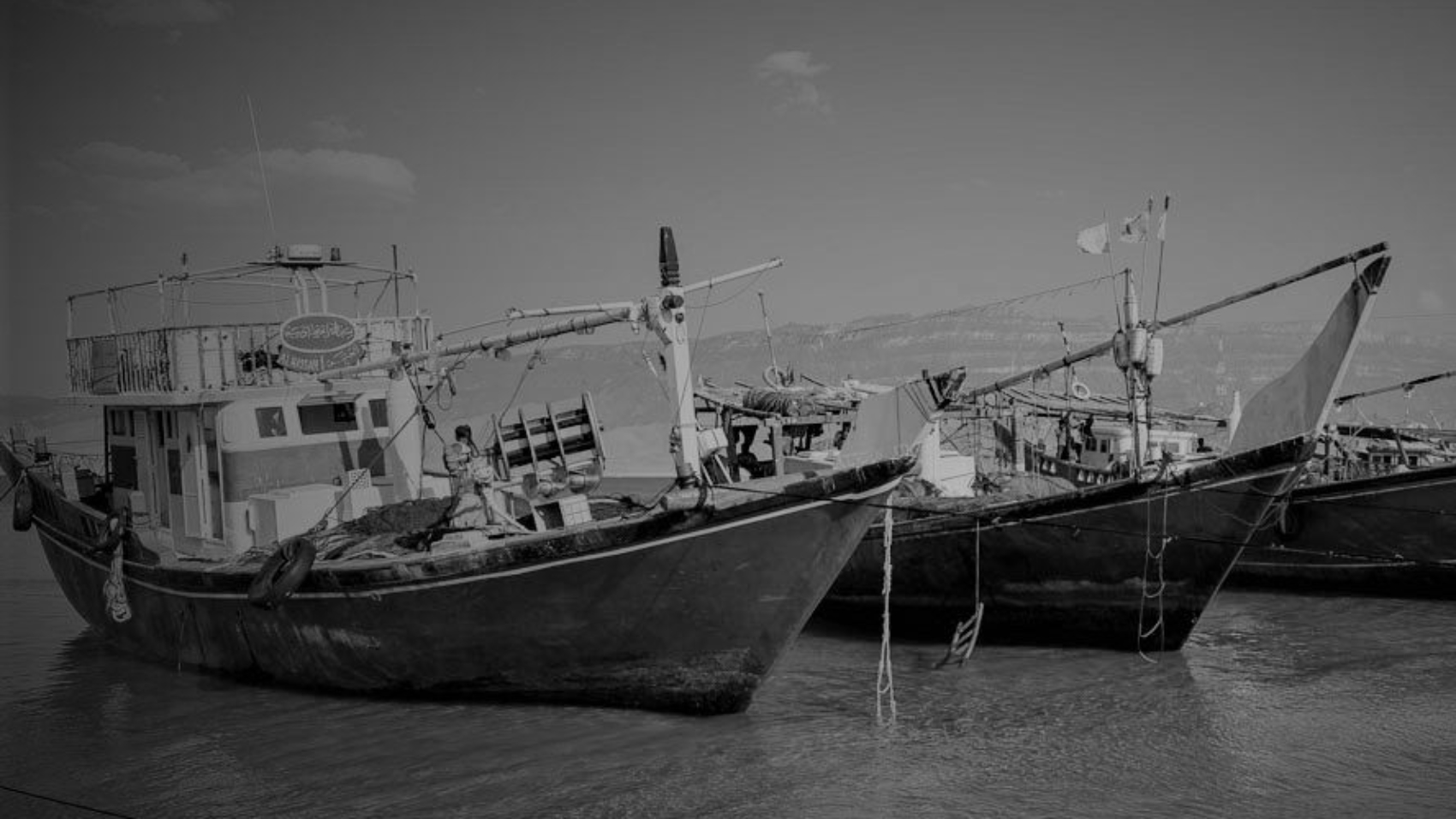
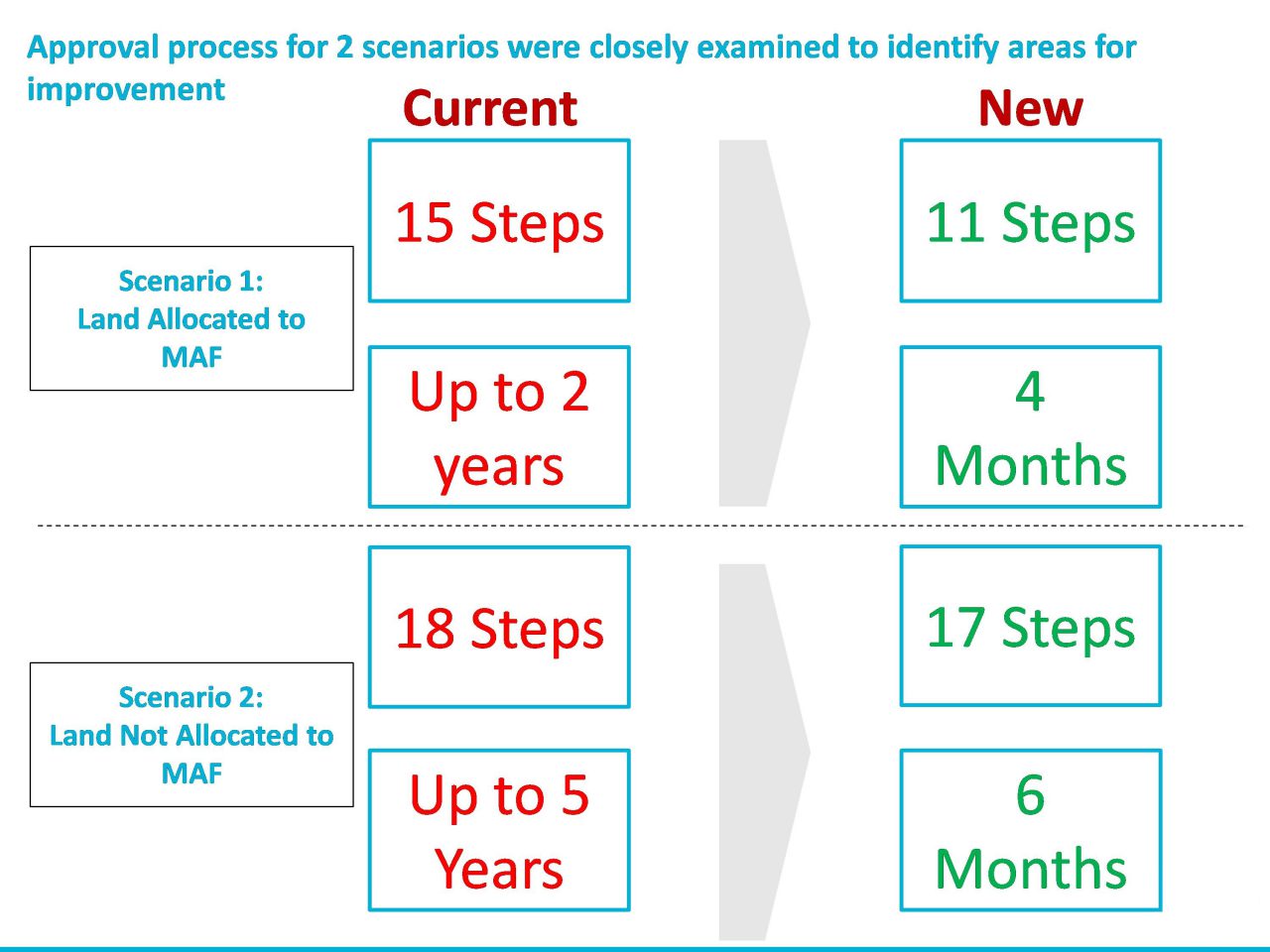
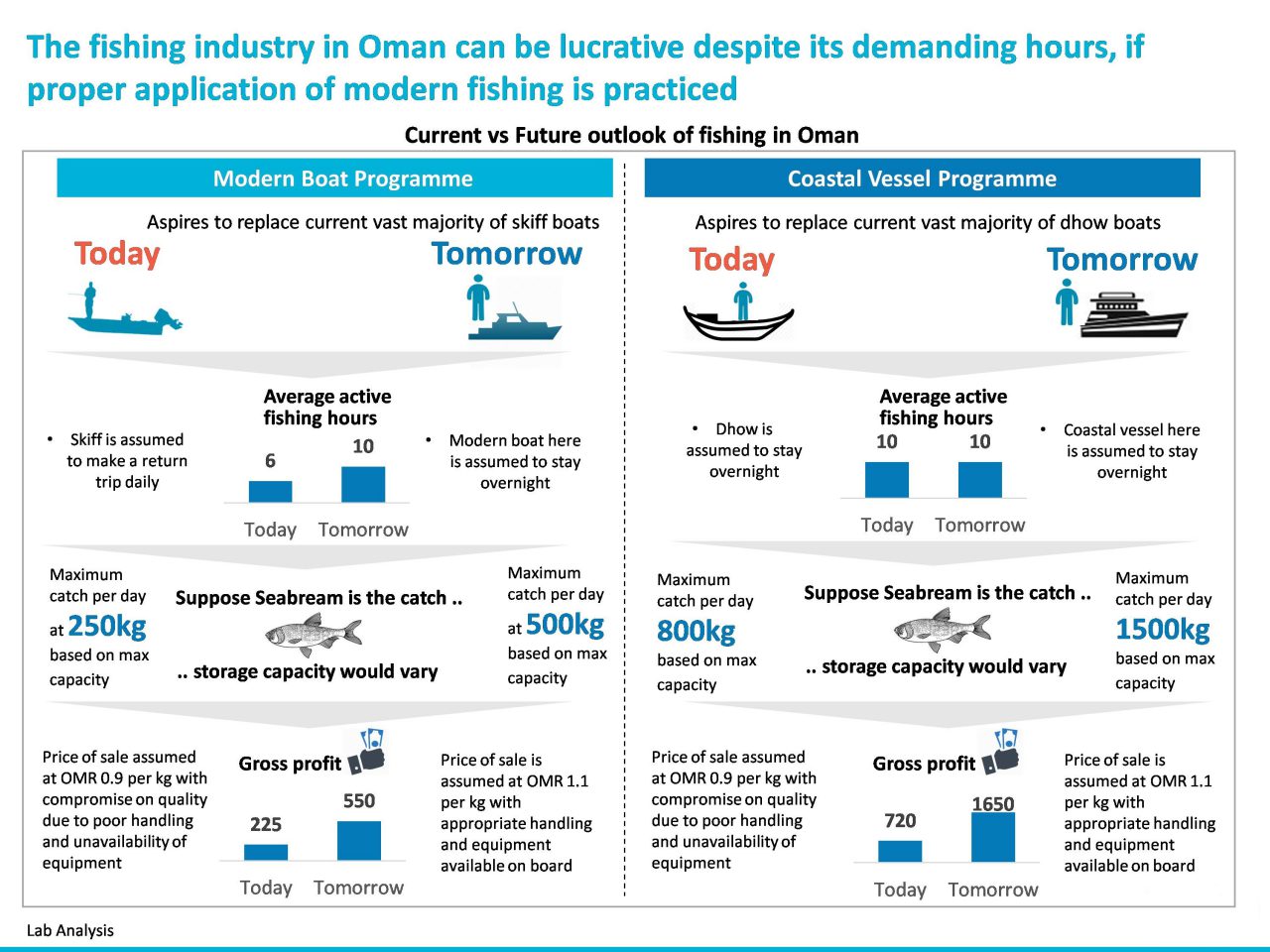







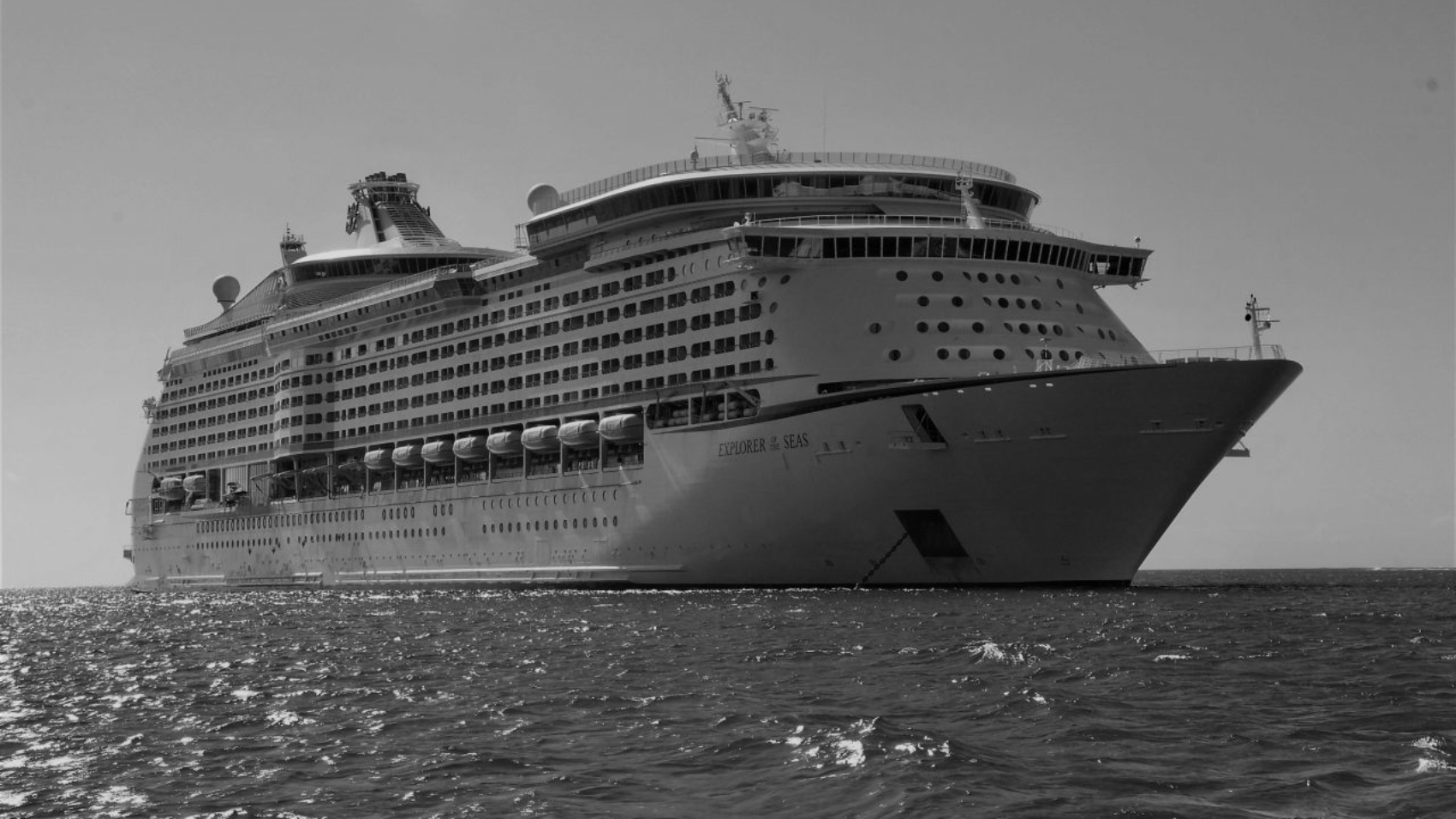
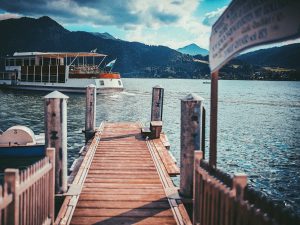
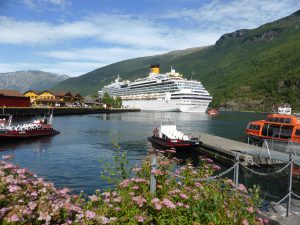 Moving forward, one of the industry’s key players, the TUI Group, a Germany-based travel and tourism company, is designating Langkawi as a homeport in 2018. The “TUI Discovery” will be home-porting in Langkawi starting December 2018 to cater for the winter season market.
Moving forward, one of the industry’s key players, the TUI Group, a Germany-based travel and tourism company, is designating Langkawi as a homeport in 2018. The “TUI Discovery” will be home-porting in Langkawi starting December 2018 to cater for the winter season market.